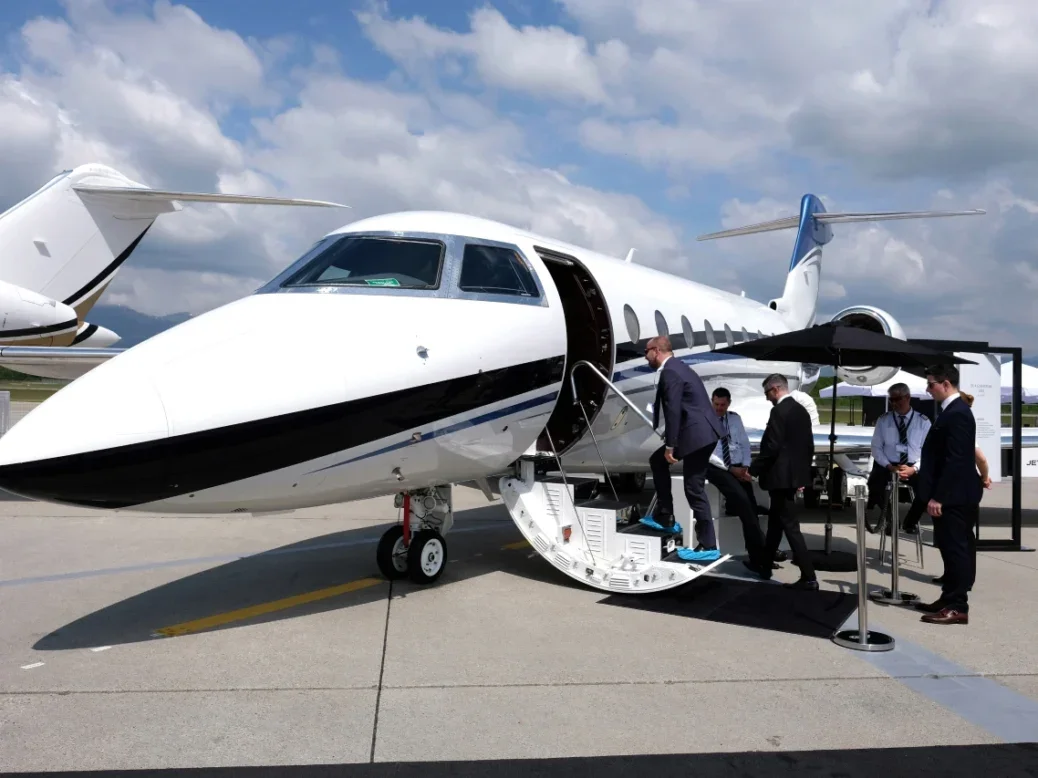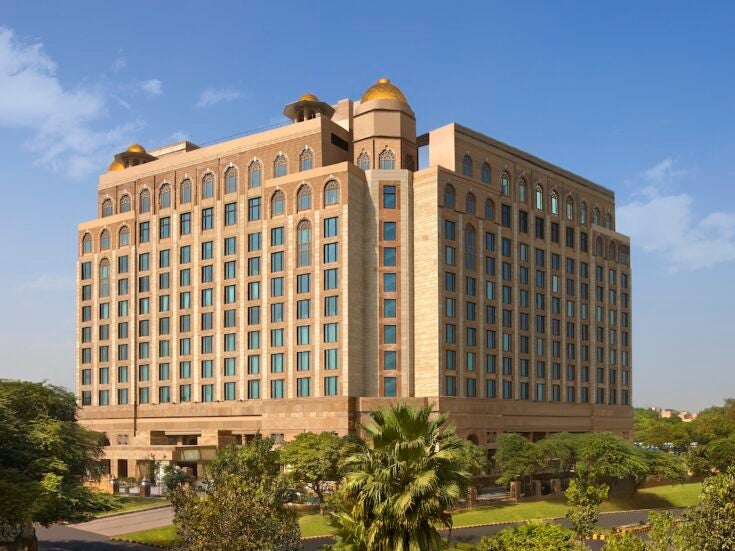
Jetcraft’s annual forecast has found that UHNW buyers under 45 are spending an average of $25 million on jets
Despite being touted as more environmentally conscious than previous generations, UHNWs under 45 are driving a renewed boom in private jet ownership.
The share of pre-owned jet buyers under 45 has risen by 20 per cent in the last five years according to Jetcraft’s annual market study.
They are also outspending older jet owners averaging $25 million per purchase – a third more than older buyers.
Over a third of pre-owned private jets (38 per cent) in the Middle East and nearly a quarter in Europe are owned by under 45s.
Jahid Fazal-Karim, owner of Jetcraft said ‘we are now entering a post-pandemic business cycle from a new, higher starting point, with a predicted steady upward trajectory fuelled by more and younger first-time buyers entering the market, alongside strong demand for larger jets and a growing UHNWI population.’
The pre-owned jet purveyor also pointed out that Asia-Pacific’s UHNW population is set to increase by a third over the next five years, suggesting significant potential for pre-owned jet transactions in the region.
According to Chad Anderson, CEO of Jetcraft, the data ‘shows the profile of a typical pre-owned jet buyer has shifted internationally in recent years’.
‘This younger buyer persona offers real lifetime value to our industry, while the predicted growth of the UHNW population also underlines the potential for the future of the sector.’
Jetcraft's five-year forecast also predicts a much more rational market over the next five years when compared with the 2004-2008 boom, with average purchase prices returning to pre-pandemic levels.
Last year was a record year for business aviation, with an annual total pre-owned transaction value of $14.5 billion, a near 40 per cent increase on 2020, principally driven by large and midsize jet purchases.
‘After stabilising in the wake of a post-pandemic surge, pre-owned transactions are expected to maintain their new higher base and growth rates, reaching 10,921 transactions valued at $66.6 billion over the next five years,’ Anderson added.






